BANNOCKBURN
The Battle for a Nation

This eBook edition published in 2014 by
Birlinn Limited
West Newington House
Newington Road
Edinburgh
EH9 1QS
www.birlinn.co.uk
Copyright Alistair Moffat 2014
Excerpt from A.A.M. Duncans translation of The Bruce
by John Barbour reproduced by permission of Canongate Books
The moral right of Alistair Moffat to be identified as the author of this work has been asserted by him in accordance with the Copyright, Designs and Patents Act 1988
All rights reserved.
No part of this publication may be reproduced, stored or transmitted in any form without the express written permission of the publisher.
ISBN: 978-1-78027-218-4
eBook ISBN: 978-0-85790-799-8
British Library Cataloguing-in-Publication Data
A catalogue record for this book is available from the British Library
For my son,
ADAM MOFFAT
and his fiance,
KIM M CALLUM
CALLUM
2014 is also their year
Bannockburn
How can I sing of so much blood?
Great battles loom over our childhoods. We name them
With mountains and seas. We copy out their cause.
But a banner is not a battle. This soft landscape too
Has become forgetful wildflower, woodlight, fresh snow.
Yet once, beneath peat and clay here, the vaulted hull
Of a whale sang in waves to its mate. And once flesh
Gave beneath foot here, over park, carse and burn.
Below a clear summer sky, blood-flecked linnets
Flit between the mouths of the dead and dying,
While they sing of the mercilessness the pity of it all.
TOM POW
(Epigraph from The Battle of Bannockburn by Robert Baston, translated from the Latin by Edwin Morgan. Commissioned by the National Trust for Scotland as one of ten poems to mark the renovation of the Rotunda at the Bannockburn site in 2014)
Contents
Preface
2014 sees the 700th anniversary of the Battle of Bannockburn, one of the few events that genuinely changed the direction of Scotlands history. Its outcome was far from inevitable, indeed it was a remarkably unlikely victory. Defeat for King Robert and his famous captains might have seen a union of the crowns three centuries before James VI became James I. And instead of a Scots king riding south to rule in England, an English king may have come north to be crowned at Scone, or may have simply adopted the title without any ceremony. The consequences of that dynastic traffic could have been far-reaching in the shaping of modern Scotland. Wales had been brutally absorbed by Edward I and his successors as it became Englands first colony. If the English cavalry and their deadly archers had broken the ranks of the Scottish schiltrons in 1314, Scotland may well have become a second colony, and as happened in Wales, few of its distinctive institutions would have survived.
2014 is more than the anniversary of a battle, it is also the year of Scotland. With the Commonwealth Games in Glasgow and the Ryder Cup at Gleneagles, images of Scotland and the joy and drama of sport will be broadcast all around the world. In September 2014, the eyes of the world will again be on this small nation as its people decide on its future. The question posed in the referendum offers a stark choice: do Scots wish to remain in the union with England, Wales and Northern Ireland, or do they wish to live in an independent country? Seven centuries ago a very different sort of campaign on the issue of Scotlands independence came to its climax at Bannockburn when, as one chronicler put it, After the aforesaid victory Robert de Brus was commonly called King of Scotland by all men, because he had acquired Scotland by force of arms. For many reasons 2014 seems an appropriate moment to remember how he did it.
That was certainly the view of Hugh Andrew of Birlinn. This book is his direct commission, and what an excellent choice of subject. Like most Scots, I knew a little about Bannockburn but until I began to read in some depth, I had no idea what a remarkable, genuinely stirring story it is. Throughout my research I continually referred to the work of a very great scholar. G.W.S. Barrows Robert Bruce and the Community of the Realm of Scotland is a masterpiece as it deals with Bruces reign and his extraordinary rise from a guerrilla fighter in the Galloway Hills to become the victor of Bannockburn. This book deals only with the battle, but if what follows stimulates a thirst for more, then G.W.S. Barrows great work is unsurpassed.
In addition to Hugh Andrew, I want to thank the team at Birlinn: Jan Rutherford, Andrew Simmons, Jim Hutcheson, Liz Short and Anna Renz are all a joy to work with and all absolute professionals. And my agent, lovely David Godwin, came up to Edinburgh to pilot this and other projects through a very cheery and creative dinner. Sitting at a desk in the pool of anglepoise light on a dark, stormy morning at the end of December 2013, working alone in my office, it is more than a comfort to know that David and all at Birlinn are working alongside me to convert myriad sheaves of scribbled and badly typed pages into very good-looking books. Thank you to all for your many kindnesses and great forbearance.
Finally I want to record my thanks to one of Scotlands greatest contemporary poets for allowing me to begin this book with his superb poem about Bannockburn. It sparkles with sharp observation, is concise and simply written. It warms my heart to see our work in the same book and the poem catches much of the spirit of what I hoped to convey.
Alistair Moffat
SELKIRK
27 December 2013
The Night Before the Morning
Vigils, the Feast of St John the Baptist, in the Year of Our Lord, 1314,
the Sixth Year of the reign of Edward, Second of that name, King of England,
Lord of Ireland, Duke of Aquitaine and Lord of Scotland.
A s the midsummer sun dipped behind the ridges of the Ochil Hills, a brief, grey gloaming crept down their southern slopes and edged across the land below. While the red-gold colours blazed behind the summits of Kings Seat, the Law, Ben Cleuch, Blairdenon and Dumyat, updraughts carried eagles high into the blue of the night sky, the rays of the dying sun glowing russet on their wingspreads, tilting and swaying. As the great birds hunted, searching the heather and bracken for movement, fires twinkled and crackled on many hilltops. The Feast of the Nativity of the Baptist was also the solstice, the turning of the year, the beginning of summer, a time for farmers and their families to climb to the high places and light fires just as their ancestors had done since time out of mind. Even 1,314 years after the birth of Our Lord Jesus Christ, the old gods had not yet fled entirely and the needfires of midsummer licked into the night air to remember ancient beliefs.
At the western end of the Ochils, Dumyat was a fire-hill and also once a place of power. Its unusual name is from the Dun or Fortress of the Maeatae, an early Pictish kindred whose kings defied the might of Rome. In 208AD the warrior-emperor Septimius Severus marched north with a vast army of 40,000 legionaries and auxiliaries to destroy them and devastate their homelands. It was and remains the largest army ever seen beyond the Tweed, but it failed to humble the Maeatae. The name of the western summit, Castle Law, recalls the defiance of the Pictish kings and the traces of their fort can still be clearly seen.


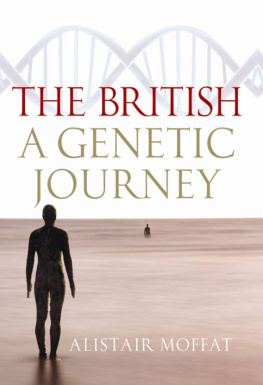
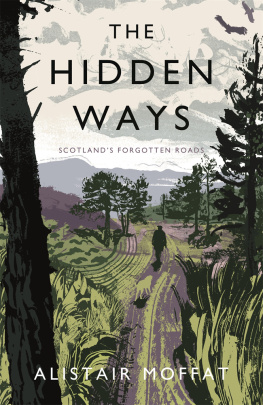
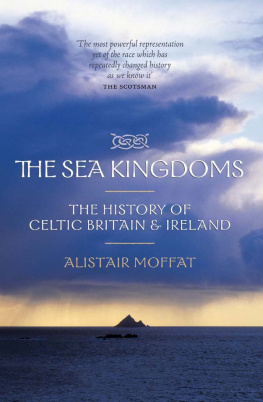
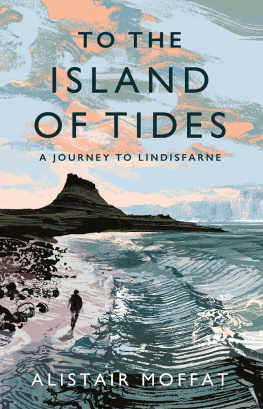
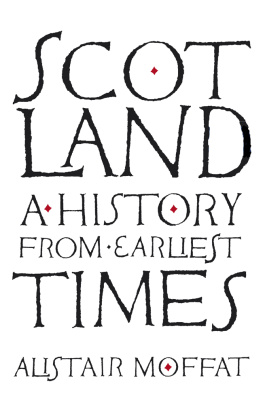


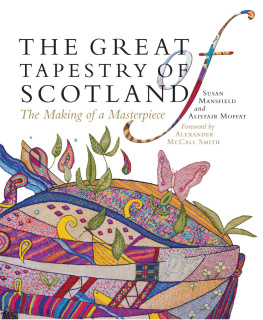
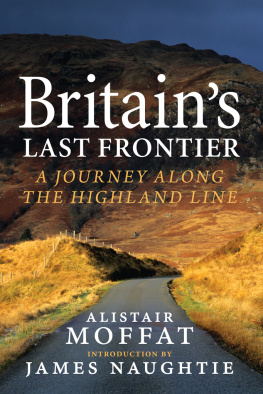
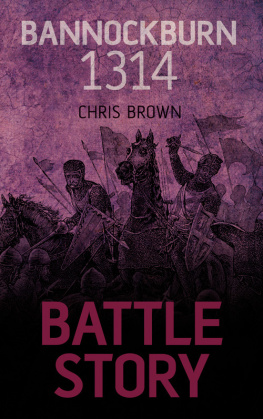

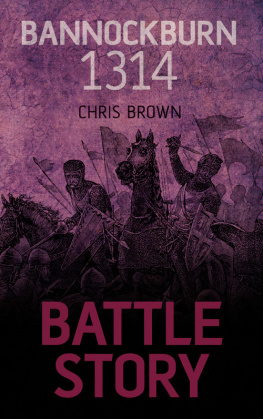



 CALLUM
CALLUM